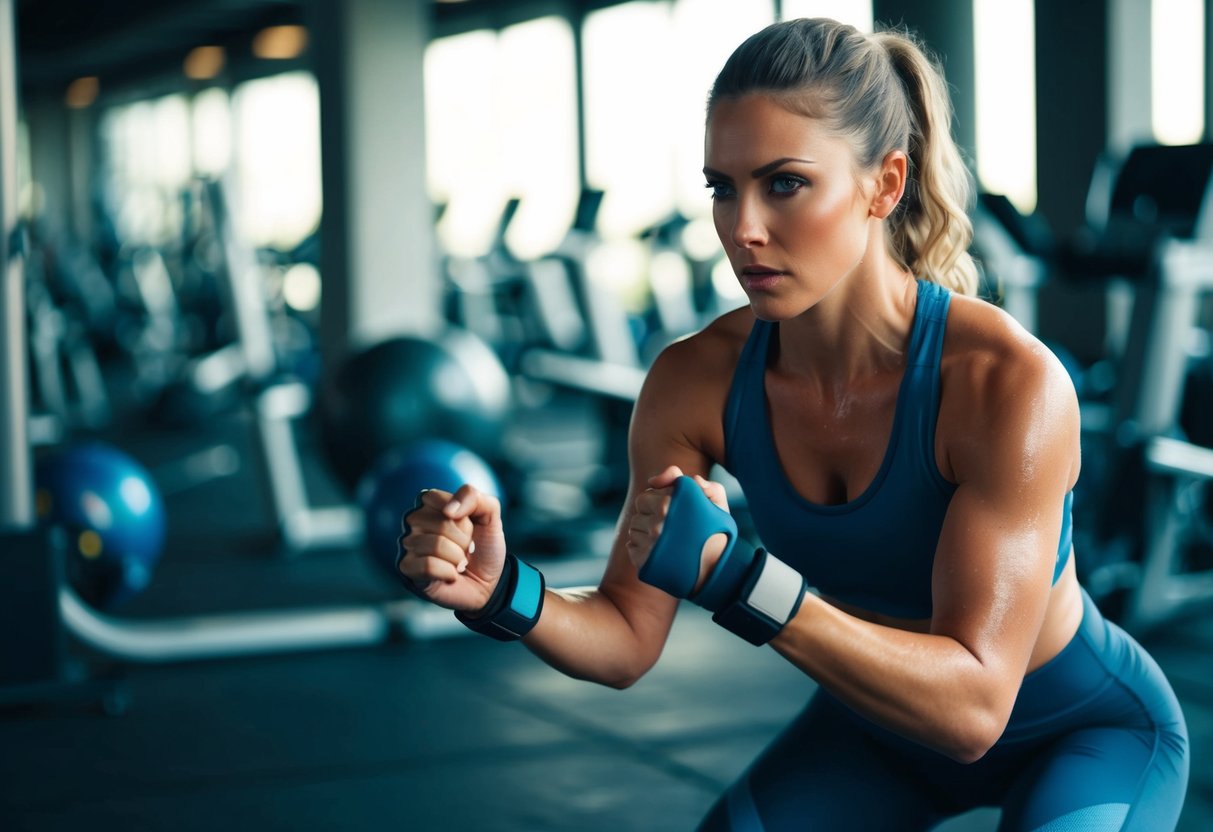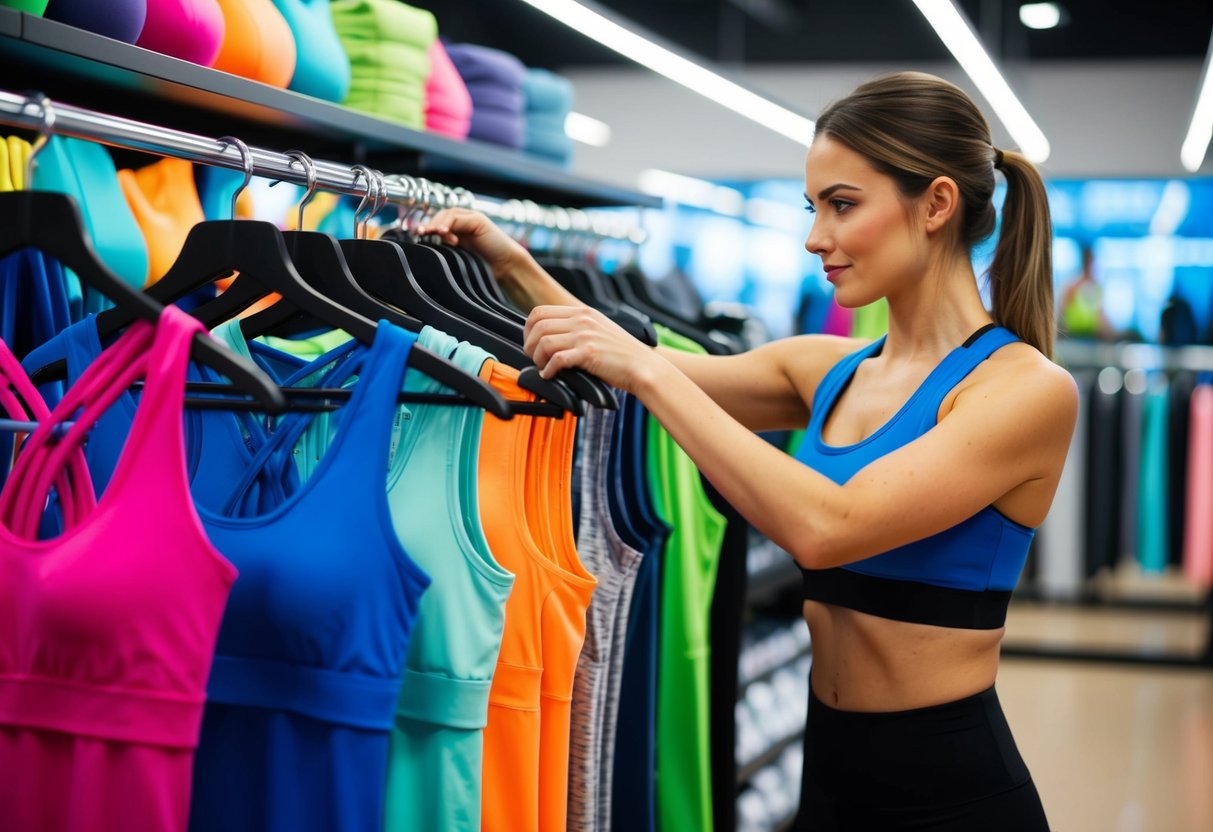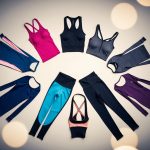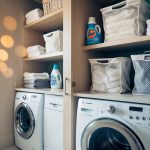
Starting a fitness journey is about more than just achieving personal goals; it’s also about having the right gear. Picking the right activewear can make a significant difference in performance, especially during intense workouts. Moisture-wicking fabrics are essential for keeping athletes dry and comfortable throughout their routines. This key functionality not only enhances comfort but also boosts performance by managing sweat efficiently.
Choosing the best moisture-wicking activewear is crucial for anyone serious about their workout regimen. These fabrics are designed to pull sweat away from the skin, allowing it to evaporate quickly, which helps maintain a consistent body temperature. This feature is vital for those who regularly engage in high-intensity exercises, as it can prevent issues like chafing and irritation.
For anyone looking to improve their exercise experience, investing in quality moisture-wicking activewear is a smart move. The guide provides insights into what qualities to look for in performance wear and how to select pieces that will withstand the most challenging workouts. By focusing on moisture management, individuals can enhance their fitness journey and enjoy a superior workout experience.
Understanding Moisture-Wicking Technology
Moisture-wicking technology in activewear fabric is integral for athletes, helping them stay dry and comfortable during intense workouts. Exploring the science behind these fabrics and comparing common materials can help consumers choose the best options for their needs.
The Science Behind Moisture-Wicking Fabrics
Moisture-wicking fabrics are designed to pull sweat away from the skin, promoting evaporation. This is achieved through fibers that have high surface tension on the outside to encourage moisture spread, and lower tension inside to pull moisture away. This enhances breathability, allowing air to circulate and adding to the fabric’s effectiveness in keeping wearers cool.
By facilitating air flow, these fabrics help regulate body temperature. For active individuals, the quick-drying properties of moisture-wicking textiles reduce the risk of overheating during workouts. The extended benefits include improved overall comfort, making these fabrics a popular choice in sportswear and activewear products.
Comparing Materials: Polyester vs. Nylon vs. Bamboo
Polyester is a common moisture-wicking material known for its durability and ability to resist moisture absorption. Its structure allows it to draw moisture away from the skin effectively, making it a favored choice in the activewear industry. Nylon, on the other hand, offers superior strength and elasticity, though it may not wick moisture as efficiently as polyester.
Bamboo fabric presents a natural alternative, offering softness and breathability. It has inherent antibacterial properties, adding to its appeal. Bamboo also emphasizes sustainability, being more eco-friendly in its production process than synthetic counterparts. Each material offers unique properties, allowing consumers to choose based on their specific preferences and needs.
Choosing the Right Fit and Style

Finding the perfect moisture-wicking activewear involves focusing on fit and style. Importance lies in ensuring activewear meets both functional needs and personal aesthetics.
Importance of Proper Fit
Comfort and performance are directly influenced by how well activewear fits. For high-intensity activities, like running or HIIT, snug-fitting items such as leggings and sports bras are crucial for support. They prevent chafing and offer maximum range of motion. Compression leggings enhance circulation, while a well-fitted sports bra is vital for support.
Incorrect fit leads to discomfort and restricts movement, affecting workout efficiency. Checking the size charts is essential, as different brands may vary. Opting for pieces that allow breathability and flexibility enhances performance. Prioritizing comfort ensures focus remains on the exercise rather than outfit adjustments.
Stylish Activewear Trends
Stylish activewear is increasingly becoming a staple in everyday wardrobes. Leggings and gym clothes no longer play a secondary role to function; they now merge design with utility. Popular trends include color-blocked patterns and minimalist designs that add flair without compromising on quality.
With technical fabrics enhancing both comfort and style, options are abundant. Many brands offer mix-and-match collections, allowing easy integration into any workout wardrobe. An increase in sustainable materials is also a notable trend, appealing to eco-conscious consumers. Selecting styles that align with personal aesthetics boosts confidence both in and out of the gym.



